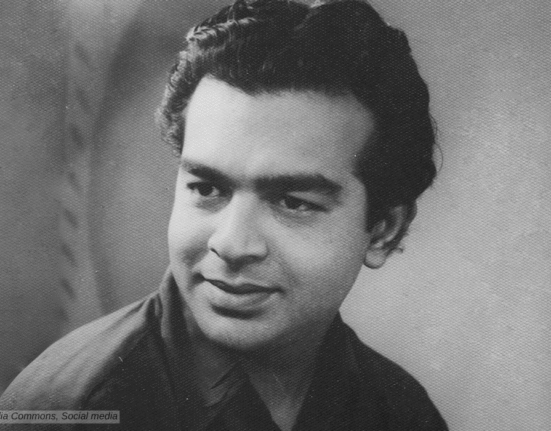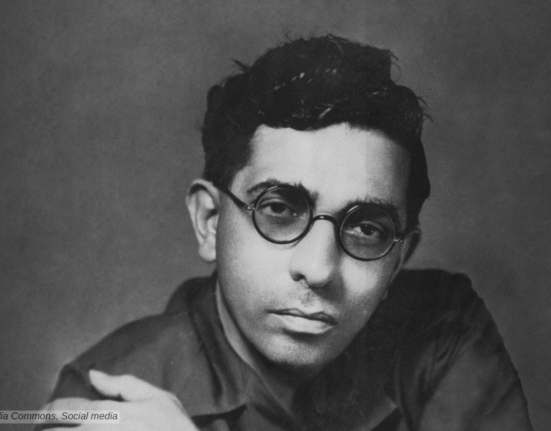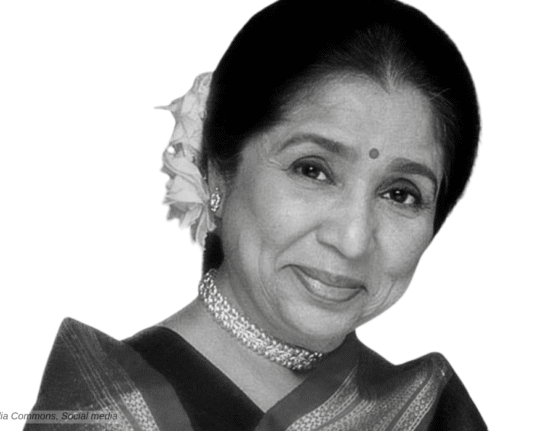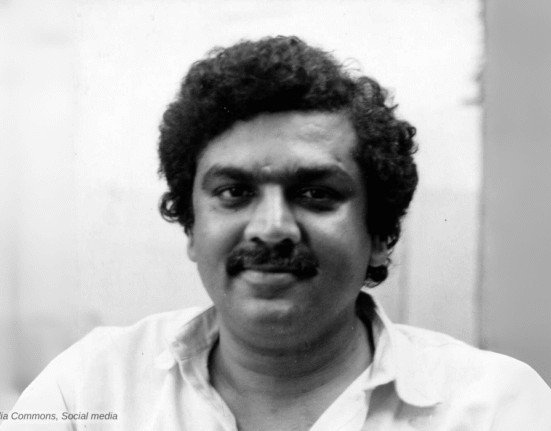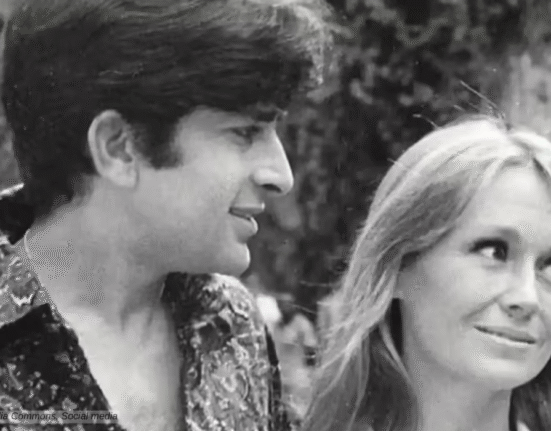Cinema legend Charlie Chaplin was one of the most loved movie stars of all time. From the comedic brilliance of “Easy Street” (1917) to the timeless charm of “Modern Times” (1936), his films were both uproarious and beloved during his era. Chaplin’s iconic portrayal of the naive and endearing Little Tramp defines his legacy.
The Little Tramp, clad in a tattered suit with a cane, consistently stumbled into amusing predicaments, only to miraculously navigate his way out. This good-natured, goofy character stands out as the quintessential symbol of the pre-talkies era.
Life can be wonderful if you’re not afraid of it. All it needs is courage, imagination … and a little dough.
Charlie Chaplin
Early Life
Charlie Chaplin, born Charles Spencer Chaplin on April 16, 1889, in London, England, remains one of the most iconic figures in the history of cinema. Chaplin rose from a tumultuous childhood and became a global icon. David Robinson, called his jouney “the most dramatic of all the rags-to-riches stories ever told.“
Chaplin spent his ealr life in abjact poverty and hardship. His father was largely absent. Chaplin’s mother struggled financially, and emotinally. Young Charlie even sent to a workhouse twice before the age of nine. When he was just a kid, his mother lost her mental capacity and sent to a mental asylum. At this time, he have to go to his father, an abusive alcoholic whom he hardly knew. His father died in 1901. These conditions forced Chaplin to work for his survival. He also began performing at an early age, touring music halls and later working as a stage actor and comedian.
Start of Legendary Journey
Chaplin’s journey to fame began when he visited America with a theatre company, Fred Karno, in 1907. In USA he acted in the play “Sherlock Holmes” and went on to tour the country with the theatre company. While on tour, he crossed paths with Mack Sennett, leading to his signing with Keystone Studios in 1914 for film roles.
In 1914, Chaplin debuted with his first one-reeler, “Making a Living.” This marked the beginning of a prolific year, featuring thirty-four short films like “Caught in a Cabaret,” “Caught in the Rain,” “The Face on the Bar-Room Floor,” and “His Trysting Place.” These early silent gems showcased Chaplin’s mastery of physical comedy.
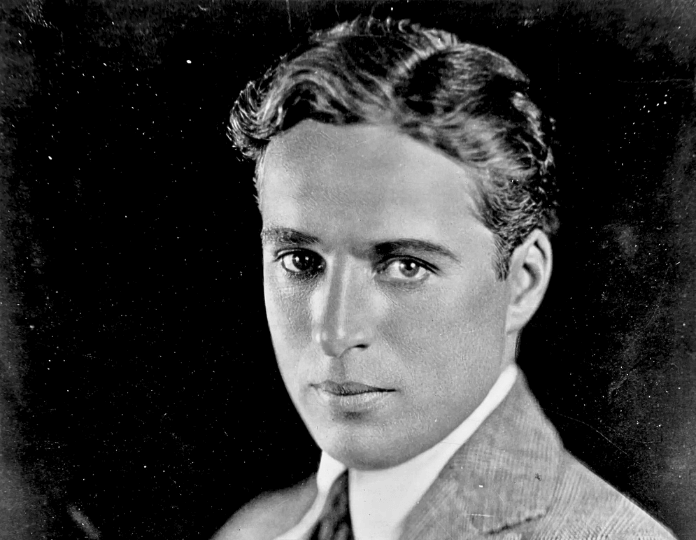
In 1919, Charlie Chaplin co-founded the distribution company United Artists, which gave him complete control over his films. His first feature-length film was “The Kid (1921),” followed by “A Woman of Paris (1923),” “The Gold Rush (1925),” and “The Circus (1928).” He initially refused to move to sound films in the 1930s, instead producing “City Lights (1931)” and “Modern Times (1936) “without dialogue. His first sound film was “The Great Dictator (1940),” which satirised Adolf Hitler.
Chaplin wrote, directed, produced, edited, starred in, and composed the music for most of his films. He was a perfectionist, and his financial independence enabled him to spend years on the development and production of a picture.
Legal Troubles
In 1940s Chaplin find himself in many controversies, and his popularity declined rapidly. His involvement in paternity suit scandalised many. He got widespread negativel coverage by press for his marriages to much younger women. He was accused of “communist sympathies,” a common accurance of that era. An FBI investigation was opened. Chaplin was forced to leave the U.S. and settle in Switzerland. He abandoned the tramp in his later films, which include “Monsieur Verdoux (1947),” “Limelight (1952),” “A King in New York (1957),” and “A Countess from Hong Kong (1967).”
Chaplin The Genius
Chaplin’s filmmaking style was distinctive and influential. He had a special mastery of physical comedy, a very risky art form. Chaplin had the rare ability to convey complex emotions without dialoguse. He used the Tramp character to explore themes of poverty, social class, and human resilience. His films often contained elements of social and political commentary, reflecting his personal views and experiences.
In 1972, he was bestowed with an Honorary Academy Award for his immense impact on cinema. He was one of the few who elevated the motion pictures to the status of an art form. Even today, his contributions are widely revered. His films like The Gold Rush, City Lights, Modern Times, and The Great Dictator frequently cited among the finest ever made.
Let us strive for the impossible. The great achievements throughout history have been the conquest of what seemed the impossible.
Charlie Chaplin
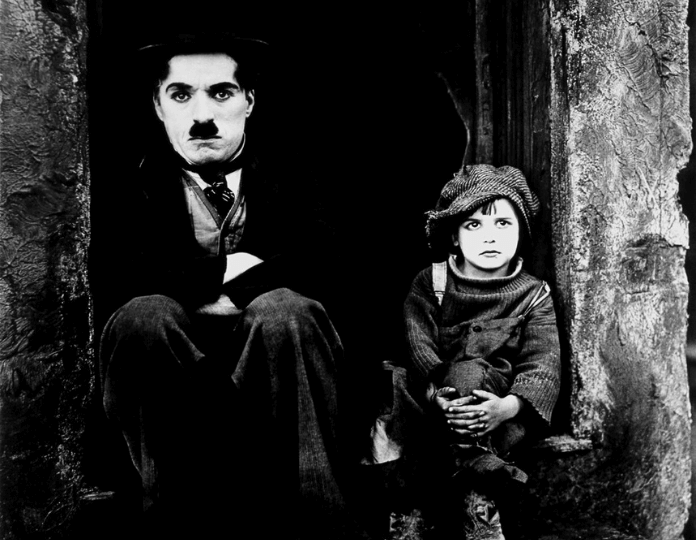
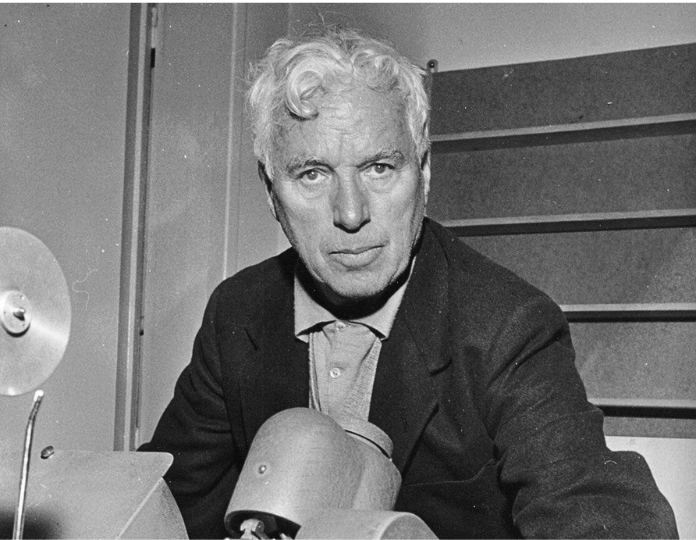
Chaplin’s fame stemmed from his slapstick acrobatics, but it was the subtleties in his acting that truly elevated him. Embracing improvisation, Chaplin believed in creating an environment and exploring it until something natural unfolded.
In an era where over-dramatic acting dominated to retain audience attention, Chaplin recognised films’s potential to control environments, allowing for nuanced expressions. While others emphasised exaggerated emotions, Chaplin sought to infuse subtlety into his performances, bringing a refreshing and authentic dimension to his work.
Chaplin passed away on December 25, 1977, in Corsier-sur-Vevey, Switzerland.
Charlie Chaplin on IMDB




